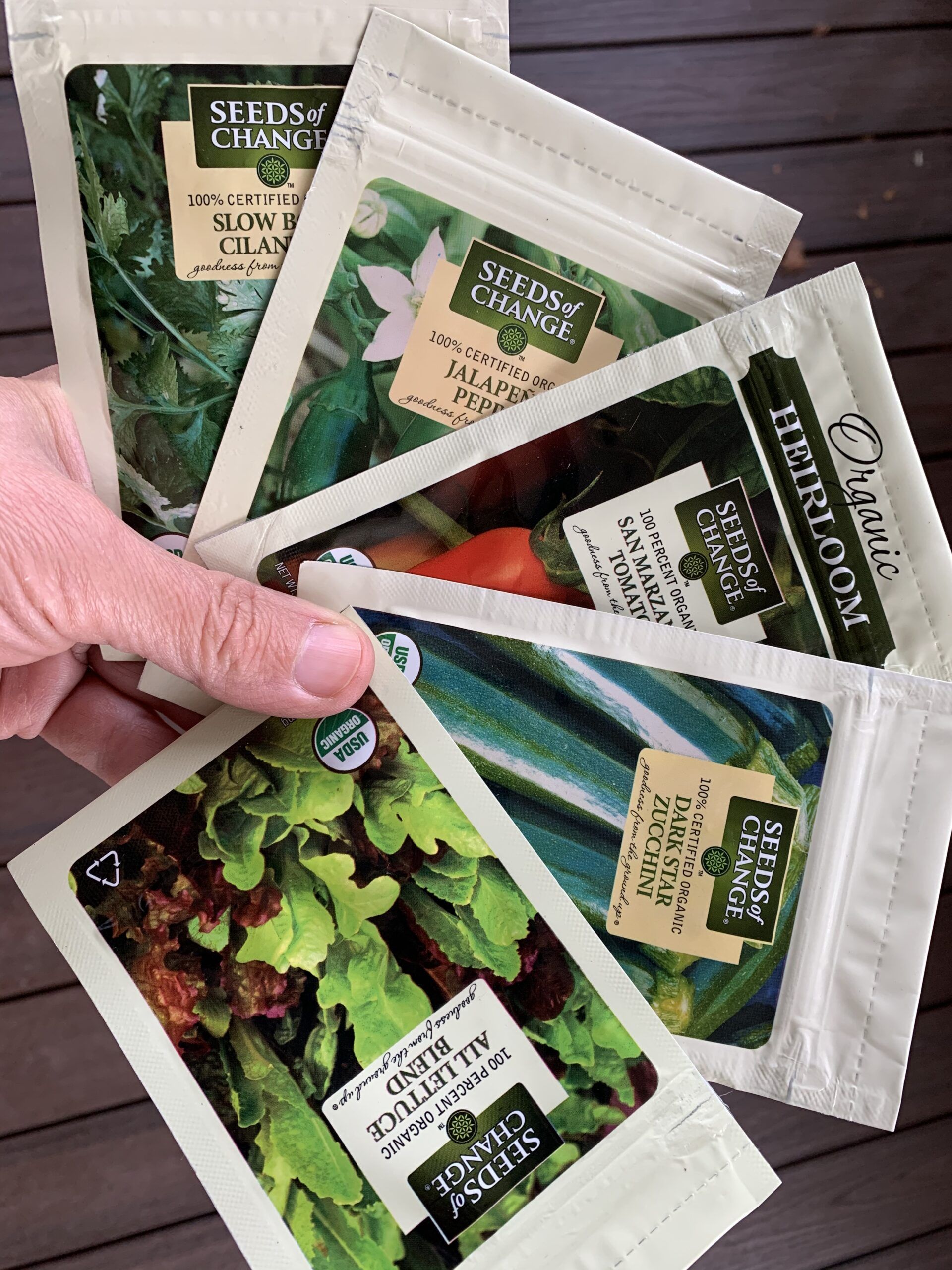Project details
Skill
Cost
Estimated Time
Starting a vegetable garden is a great activity to share with your kids. It shows them the life cycle of a plant start to finish, it gives them something to care for and attend to every day, and, best of all, it yields produce that they can actually eat and enjoy!
Any organic garden has to start with the garden itself. Stick to a raised garden bed with untreated cedar to ensure no chemicals can leech into the soil. For the soil, opt for an organic raised garden bed mix. Think about it this way: whatever is in the soil you grow your plants in will be whatever you end up ingesting when you eat the vegetables later on.
When it’s time to plant, you can either start with seeds from a seed packet, or you can opt for seedlings that you can pick up from any nursery or the home center.
In general, I like to plant seedlings outside, only because I know they are more established plants that will survive in outside conditions (and I can get veggies quicker!) However, when working with kids, I like starting from a seed, only because it helps teach them about the life cycle and can be a meaningful lesson for them.
Gardening Discussion Topics for Kids and Parents:
What parts of the plant do we eat?
- Roots (Carrots, parsnips, turnips, radishes & beetroots)
- Stems (Asparagus & rhubarb)
- Leaves (Lettuce, cabbage, chard, spinach, basil, oregano, mint, etc.)
- Flowers: (Nasturtiums & squash blossoms)
- Seeds: (Peas & green beans)
- Fruits: (Tomatos, zucchini, eggplant, pumpkins – yes these are considered fruits because all fruits contain seeds)
- Bulbs: (Onions & garlic)
Here’s what you need to know about starting from a seed:

- Ask your kids what they like to eat
- Discuss what they would like to grow
- Talk about how seeds need warmth and water to germinate (pop out of their shell)
- The roots grow down searching for water and the leaves grow up searching for light
- The process of germination is when the first set of leaves push through and emerge above the soil surface
- What do plants need to help them grow? Warmth, Water, sunlight, and nutrients
- What do plants grow in? Soil and compost, the most important part of the vegetable garden. Healthy soil will produce healthy, nutrient rich food for humans to eat!
Steps for Starting with Seeds:
- Start with a seed tray and fill it to the top with an organic seed starting mix.
- Use your finger to push down the area where you will be placing the seed. The approximate depth is listed on the seed packet.
- Make labels with the seed name and date planted to keep track of the progression.
- Sow the seeds. Of course, your kids will do what they want so put 2-3 seed in each seed cell for the smaller seeds. Larger seeds like peas, squash or cucumbers you can place on top of the soil and push them in.
- Cover the seeds with the same soil.
- Water with a watering can or more fun use a spray mist bottle.
Steps for Planting Seedlings:
Planting the seedlings is pretty straightforward:
- Gently remove each seedling from its pot, gently tease the roots with your fingers, and then push back some of the soil with your hands and place it in the hole.
- Make sure the plant isn’t too deep in the garden bed.
- Once everything is planted, give everything a good watering and keep it well watered.
Garden Tasks for Kids:
- Watering
- Weeding
- Look for friends in the garden, like earthworms and ladybugs
- Harvesting – Carrots and beets are a one time harvest, but tomatoes, zucchini, peas and cucumber have multiple crops—the more you pick the more they will produce.
I love cooking and think it is an important life skill to have. Having your child cook what they have grown is the best educational lesson you can teach and is a great activity to understand where our food comes from.
Some of you may know that my husband is from England, and we spend just about every summer there. We love to visit Kew Gardens Royal Botanical Gardens in London to explore and discover.
One of my favorite books I picked up at Kew is: The Kew Gardens Children’s Cookbook. It is a fun book to read with your kids with topics covering of what is a seed, how and what it needs to grow, to harvest and how to cook using what you grow.
Happy planting!
Jenn
Resources:
The Kew Gardens Children’s Cookbook
For more information on actually building the raised garden bed, check out this video.
